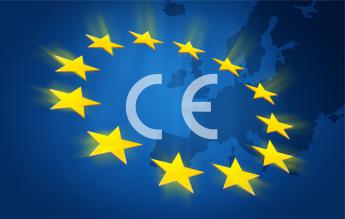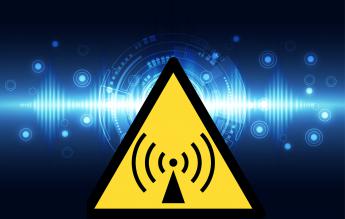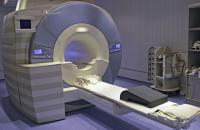
A equipment can present mechanical risks (pinch, cut,...), electrical risks (electrocution, shock,...), thermal risks (fire, burns,...) for its user and by extension for its environment. The purpose of the equipment, such as the profile of its users (general public, professional, medical,...), its environment of use (inside, outside,...), or even the countries where it will be used (power supply 115V, 230V,...) have an impact on the elements to be controlled to protect against these risks.
The designers of electrical products have always imposed design rules upon themselves in order to protect their customers and their property.
Within each country, these rules have become standards and the International Electrotechnical Commission is now coordinating the development of electrical safety standards as the international standardisation organization in charge of electricity, electronics and related technologies.
These standards are (very) numerous in that they are drafted to take into account the specific characteristics of equipment grouped by categories, but they group together the same types of tests (with requirements derived from the standards):
Electrical and electronic equipment very often consist of components and sub-assemblies which have previously been evaluated, and a large proportion of a test laboratory’s work is based on an analysis of construction involving the proofs of conformity that accompany these items. You can rely on our expertise to guide you through this important stage in the development of your product, which precedes the performance of tests. This preliminary analysis is a guarantee of compliance with your product marketing deadlines and the optimisation of costs and time frames if your project concerns several countries.
The 2014/35/EU Directive aims to ensure that electrical equipment on the (EU) market does not cause risks to people and property.
This Directive shall apply to electrical equipment designed for use with a voltage rating of between 50 and 1 000 V for alter nating current and between 75 and 1 500 V for direct current, other than the equipment and phenomena listed in Annex II.
As CE marking of equipment means that all applicable directives are complied with, specific directives may themselves establish safety requirements. This is the case of the RED 2014/53/EU directive which takes into account the safety objectives of the low voltage directive but without the application of the low voltage limit (equipments are concerned from 0V).
The use of the harmonised standards published in the Official Journal of the European Union corresponds, in the event of compliance, to a presumption of compliance with the directive, which enables the completion of the EU Declaration of Conformity for this aspect.
Equipment safety requirements transcend national borders and the use of international standards (IEC/IEC) coupled with national deviations makes it possible in principle to demonstrate product conformity.
To leave nothing to chance in the marketing of your products, it is essential to identify the relevant approval procedures that must be applied for the country or countries concerned:
Our electrical safety laboratories are recognized as CBTL by Emitech Certification wich is our NCB fot the CB Scheme.
Our expert teams can inform you of the context governing your requests for a large number of products. For specific requests, our dedicated international certification department can conduct a regulatory study in the equipment safety field alone, or in all of the fields applying to your equipment





















Emitech Group - Legal information